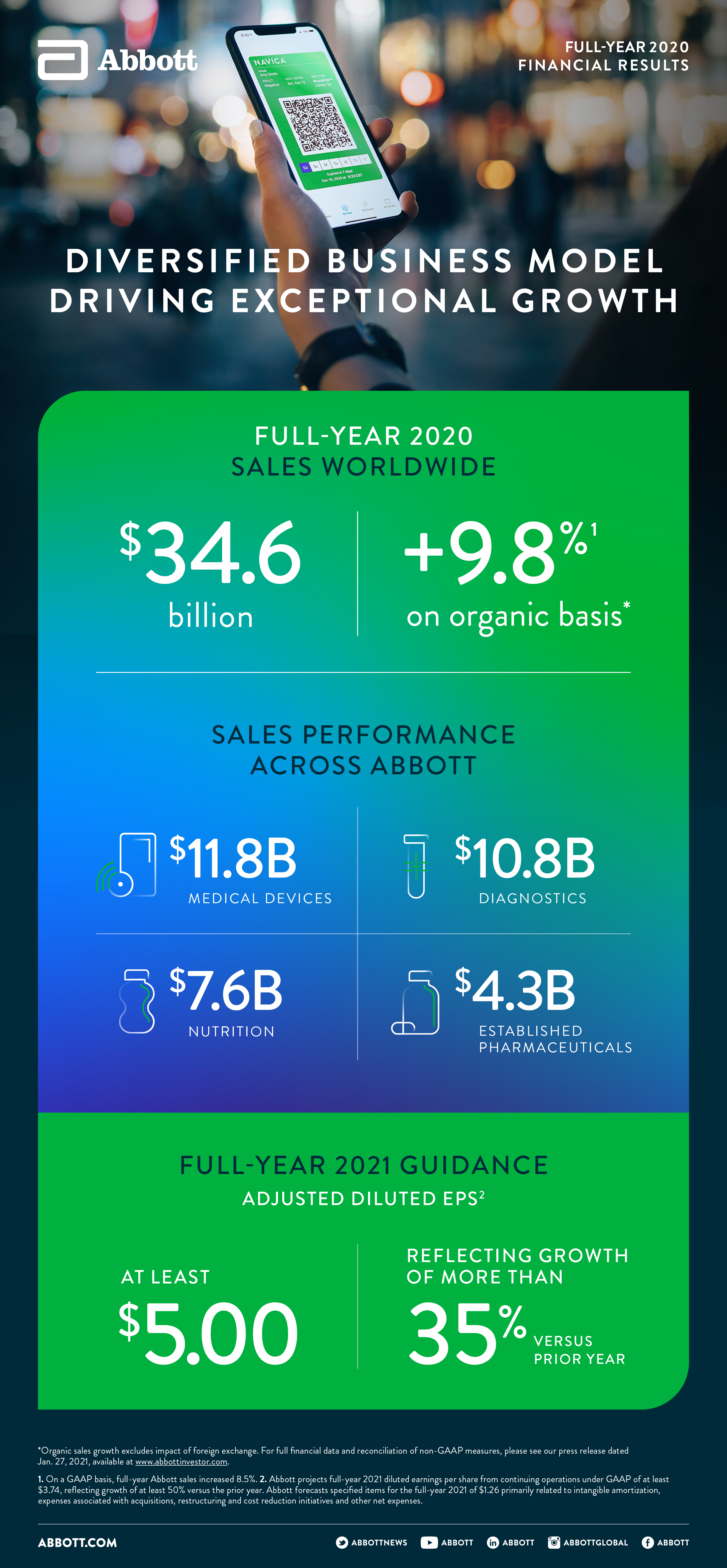Important Safety Information
FREESTYLE LIBRE 2
THE MITRACLIP G4 SYSTEM
INDICATION FOR USE
• The MitraClipTM G4 System is indicated for the percutaneous reduction of significant symptomatic mitral regurgitation (MR ≥ 3+) due to primary abnormality of the mitral apparatus [degenerative MR] in patients who have been determined to be at prohibitive risk for mitral valve surgery by a heart team, which includes a cardiac surgeon experienced in mitral valve surgery and a cardiologist experienced in mitral valve disease, and in whom existing comorbidities would not preclude the expected benefit from reduction of the mitral regurgitation.
• The MitraClipTM G4 System, when used with maximally tolerated guideline-directed medical therapy (GDMT), is indicated for the treatment of symptomatic, moderate to-severe or severe secondary (or functional) mitral regurgitation (MR; MR ≥ Grade III per American Society of Echocardiography criteria) in patients with a left ventricular ejection fraction (LVEF) ≥ 20% and ≤ 50%, and a left ventricular end systolic dimension (LVESD) ≤ 70 mm whose symptoms and MR severity persist despite maximally tolerated GDMT as determined by a multidisciplinary heart team experienced in the evaluation and treatment of heart failure and mitral valve disease.
CONTRAINDICATIONS
The MitraClipTM G4 System is contraindicated in patients with the following conditions:
• Patients who cannot tolerate, including allergy or hypersensitivity to, procedural anticoagulation or post procedural anti-platelet regimen
• Patients with known hypersensitivity to clip components (nickel / titanium, cobalt, chromium, polyester), or with contrast sensitivity
• Active endocarditis of the mitral valve
• Rheumatic mitral valve disease
• Evidence of intracardiac, inferior vena cava (IVC) or femoral venous thrombus
WARNINGS
• DO NOT use MitraClipTM outside of the labeled indication.
• The MitraClipTM G4 Implant should be implanted with sterile techniques using fluoroscopy and echocardiography (e.g. transesophageal [TEE] and transthoracic [TTE]) in a facility with on-site cardiac surgery and immediate access to a cardiac operating room.
• Read all instructions carefully. Use universal precautions for biohazards and sharps while handling the MitraClipTM G4 System to avoid user injury. Failure to follow these instructions, warnings and precautions may lead to device damage, user injury or patient injury including: MitraClipTM G4 Implant erosion, migration or malposition Failure to deliver MitraClipTM G4 Implant to the intended site Difficulty or failure to retrieve MitraClipTM G4 system components
• Use caution when treating patients with hemodynamic instability requiring inotropic support or mechanical heart assistance due to the increased risk of mortality in this patient population. The safety and effectiveness of MitraClipTM in these patients has not been evaluated.
• Patients with a rotated heart due to prior cardiac surgery in whom the System is used may have a potential risk of experiencing adverse events such as atrial perforation, cardiac tamponade, tissue damage, and embolism which may be avoided with preoperative evaluation and proper device usage.
• For the Steerable Guide Catheter and Delivery Catheter only: The Guide Catheter: the distal 65 cm of the Steerable Guide Catheter with the exception of the distal soft tip, is coated with a hydrophilic coating. The Delivery Catheter: coated with a hydrophilic coating for a length of approximately 131 cm. Failure to prepare the device as stated in these instructions and failure to handle the device with care could lead to additional intervention or serious adverse event.
• The Clip Delivery System is provided sterile and designed for single use only. Cleaning, re-sterilization and / or reuse may result in infections, malfunction of the device and other serious injury or death.
• Note the product "Use by" date specified on the package.
• Inspect all product prior to use. Do not use if the package is open or damaged, or if product is damaged.
PRECAUTIONS
• Prohibitive Risk Primary (or degenerative) Mitral Regurgitation Prohibitive risk is determined by the clinical judgment of a heart team, including a cardiac surgeon experienced in mitral valve surgery and a cardiologist experienced in mitral valve disease, due to the presence of one or more of the following documented surgical risk factors:
• 30-day STS predicted operative mortality risk score of 4 ≥8% for patients deemed likely to undergo mitral valve replacement or 4 ≥6% for patients deemed likely to undergo mitral valve repair Porcelain aorta or extensively calcified ascending aorta. Frailty (assessed by in-person cardiac surgeon consultation) Hostile chest Severe liver disease / cirrhosis (MELD Score > 12) Severe pulmonary hypertension (systolic pulmonary artery pressure > 2/3 systemic pressure) Unusual extenuating circumstance, such as right ventricular dysfunction with severe tricuspid regurgitation, chemotherapy for malignancy, major bleeding diathesis, immobility, AIDS, severe dementia, high risk of aspiration, internal mammary artery (IMA) at high risk of injury, etc. Evaluable data regarding safety or effectiveness is not available for prohibitive risk Primary patients with an LVEF < 20% or an LVESD > 60 mm. MitraClipTM should be used only when criteria for clip suitability for Primary have been met. The heart team should include a cardiac surgeon experienced in mitral valve surgery and a cardiologist experienced in mitral valve disease and may also include appropriate physicians to assess the adequacy of heart failure treatment and valvular anatomy.
• Secondary Mitral Regurgitation Evaluable data regarding safety or effectiveness is not available for secondary MR patients with an LVEF < 20% or an LVESD > 70 mm. The multidisciplinary heart team should be experienced in the evaluation and treatment of heart failure and mitral valve disease and determine that symptoms and MR severity persist despite maximally tolerated GDMT.
POTENTIAL COMPLICATIONS AND ADVERSE EVENTS
The following ANTICIPATED EVENTS have been identified as possible complications of the MitraClipTM G4 procedure.
• Allergic reactions or hypersensitivity to latex, contrast agent, anaesthesia, device materials (nickel / titanium, cobalt, chromium, polyester), and drug reactions to anticoagulation, or antiplatelet drugs
• Vascular access complications which may require transfusion or vessel repair including: wound dehiscence catheter site reactions
• Bleeding (including ecchymosis, oozing, hematoma, hemorrhage, retroperitoneal hemorrhage)
• Arteriovenous fistula, pseudoaneurysm, aneurysm, dissection, perforation / rupture, vascular occlusion
• Emboli (air thrombotic material, implant, device component)
• Peripheral Nerve Injury
• Lymphatic complications
• Pericardial complications which may require additional intervention, including: Pericardial effusion Cardiac tamponade Pericarditis
• Cardiac complications which may require additional interventions or emergency cardiac surgery, including: Cardiac perforation Atrial septal defect
• Mitral valve complications, which may complicate or prevent later surgical repair, including: Chordal entanglement / rupture Single Leaflet Device Attachment (SLDA) Thrombosis Dislodgement of previously implanted devices Tissue damage Mitral valve stenosis Persistent or residual mitral regurgitation Endocarditis
• Cardiac arrhythmias (including conduction disorders, atrial arrhythmias, ventricular arrhythmias)
• Cardiac ischemic conditions (including myocardial infarction, myocardial ischemia, and unstable / stable angina)
• Venous thromboembolism (including deep vein thrombosis, pulmonary embolism, post procedure pulmonary embolism)
• Stroke / Cerebrovascular accident (CVA) and Transient Ischemic Attack (TIA)
• System organ failure: Cardio-respiratory arrest Worsening heart failure Pulmonary congestion Respiratory dysfunction / failure / atelectasis Renal insufficiency or failure Shock (including cardiogenic and anaphylactic)
• Blood cell disorders (including coagulopathy, hemolysis, and Heparin Induced Thrombocytopenia (HIT))
• Hypotension / hypertension
• Infection including: Urinary Tract Infection (UTI) Pneumonia Septicemia
• Nausea / vomiting
• Chest pain
• Dyspnea
• Edema
• Fever or hyperthermia
• Pain
• Death
• Fluoroscopy, Transesophageal echocardiogram (TEE) and Transthoracic echocardiogram (TTE) -related complications: Skin injury or tissue changes due to exposure to ionizing radiation Esophageal irritation Esophageal perforation Gastrointestinal bleeding Caution: This product is intended for use by or under the direction of a physician. Prior to use, reference the Instructions for Use provided inside the product carton (when available) or at eifu.abbottvascular.com or at medical.abbott/manuals for more detailed information on Indications, Contraindications, Warnings, Precautions and Adverse Events. TM Indicates a trademark of the Abbott Group of Companies. www.Cardiovascular.Abbott
FREESTYLE LIBRE 2
INDICATIONS AND IMPORTANT SAFETY INFORMATION
The FreeStyle Libre 2 Flash Glucose Monitoring System is a continuous glucose monitoring (CGM) device with real time alarms capability indicated for the management of diabetes in persons age 4 and older.*
WARNINGS/LIMITATIONS*:
The System must not be used with automated insulin dosing (AID) systems, including closed loop and insulin suspend systems. Remove the sensor before MRI, CT scan, X-ray, or diathermy treatment. Do not take high doses of vitamin C (more than 500 mg per day), as this may falsely raise your Sensor readings. Failure to use the System according to the instructions for use may result in missing a severe low blood glucose or high blood glucose event and/or making a treatment decision that may result in injury. If glucose alarms and readings from the System do not match symptoms or expectations, use a fingerstick blood glucose value to make diabetes treatment decisions. Seek medical attention when appropriate and contact Abbott Toll Free (855-632-8658) or visit * www.freestylelibre.us/ for detailed indications for use and safety information.
*Please refer to www.freestylelibre.us/ for the indications and important safety information.

